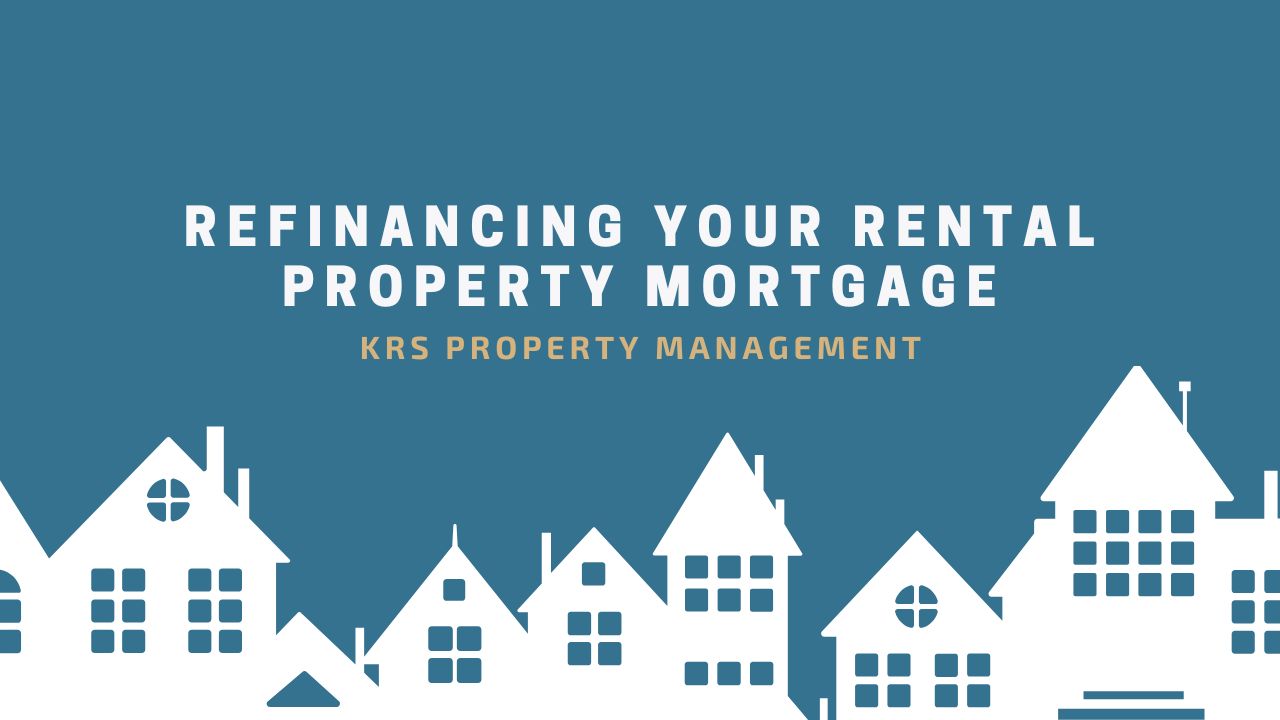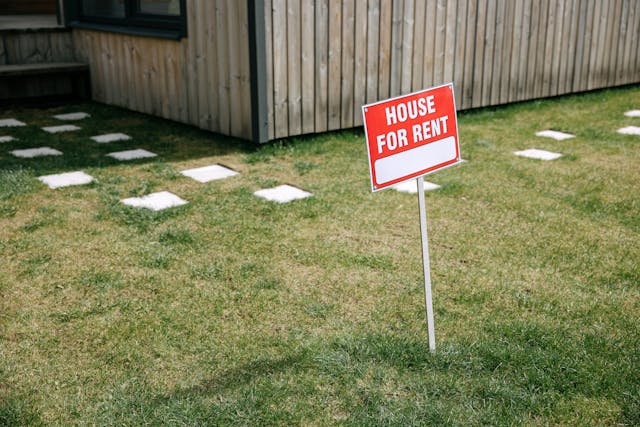
Many landlords find themselves wondering whether their current mortgage terms are holding them back from maximizing cash flow and long-term gains. If you've owned your investment property for a while, there's a good chance your loan terms no longer reflect today's market opportunities.
That’s where refinancing can make a difference. Whether you're hoping to lower monthly payments, shorten the loan term, or access equity for upgrades, understanding your refinancing options can be a smart move.
At KRS Holdings, we understand the unique challenges landlords face, and this guide is here to help you make informed, confident decisions.
When Refinancing a Rental Property Makes Sense
Refinancing isn’t always the right move, but there are specific times when it makes sense for landlords looking to boost returns on investment or improve property performance:
1. When Interest Rates Drop Below Your Current Loan
One of the clearest signs it's time to refinance is when market interest rates fall below what you're currently paying. Even a 1% decrease can make a noticeable impact on monthly cash flow.
For example, if you're paying 6.5% and current rates have dropped to 5.5%, refinancing can reduce both your payment and total interest over time.

You can calculate your potential savings using a mortgage calculator or by comparing your current monthly payment with estimated new terms. For landlords in regions like Richmond or Virginia Beach, where rates can shift with market conditions, staying updated is key.
2. When You’re Ready to Tap into Equity
If your property’s value has appreciated significantly, refinancing with a cash-out option lets you use the equity you’ve built.
This is common for landlords who want to upgrade the unit, buy another property, or consolidate higher-interest debt. Equity is calculated by subtracting the rest of the loan balance from the current market value of the property.
For example, if your property is worth $400,000 and your loan balance is $250,000, you may be able to refinance and take out a portion of the $150,000 difference. Just be sure to reinvest wisely so the move strengthens your portfolio.
3. When You Want to Remove a Co-Borrower
Situations change, and sometimes you may want full ownership and financial responsibility for your rental. If you originally bought the property with a partner, refinancing is one way to remove their name from both the loan and the deed.
Lenders will typically require you to qualify for the loan based on your own income, credit, and the property’s performance.

This is especially important if you’re managing the property alone now or planning to restructure your real estate assets. Once refinanced, you’ll have full control, making it easier to make strategic decisions about the property’s future.
5 Key Steps to Refinance a Rental Property Mortgage
Knowing what to expect helps landlords move through the refinancing process with confidence and clarity:
1. Evaluate Your Financial Standing
Before refinancing, take a good look at your financial health. Lenders typically expect higher credit scores and lower debt-to-income (DTI) ratios for rental property loans.
Start by checking your credit score and calculating your DTI by dividing your total monthly debt payments by your gross monthly income.
For example, if your debts total $3,000 and your income is $9,000, your DTI is 33%. In areas like Richmond, lenders may also consider how your rental performs, so have your income and expense records ready. A strong financial profile helps you qualify for better rates and smoother approval.
2. Determine Your Property’s Current Value
Knowing your property’s current market value helps estimate your available equity and determines whether refinancing makes financial sense.
You can get a rough idea using recent local sales of similar properties or by hiring an appraiser. Equity is calculated by subtracting your outstanding loan balance from the property’s current value.

For instance, if your rental is worth $350,000 and you owe $220,000, you may have $130,000 in equity. Understanding this number will help you decide whether a rate-and-term or cash-out refinance fits your goals.
It also helps you meet loan-to-value (LTV) ratio requirements that lenders often set for refinances.
3. Shop Around for Lenders
Not all lenders offer the same refinancing terms, so it's wise to compare a few. Focus on interest rates, closing costs, required equity, and any added fees specific to investment properties.
In Virginia, for example, some lenders might specialize in rental property loans and offer more flexible options for landlords. Ask questions about processing times and property income documentation requirements.
Don’t just go for the lowest advertised rate—make sure the full package suits your investment goals. A little research upfront could save you thousands over the life of your loan and avoid surprises at closing.
4. Gather Required Documentation
Lenders want a full picture of your financial position, so be prepared to provide documentation. Typically, you’ll need recent tax returns, bank statements, proof of rental income, lease agreements, and property insurance details.
They may also request a rent roll or a breakdown of monthly expenses tied to the rental. Having these documents organized can help speed up the underwriting process and prevent delays.

If your rental is in Richmond or surrounding areas, also check if your lender requires local property tax documentation or HOA records. A thorough application gives lenders confidence and supports a smooth closing.
5. Apply and Close the Loan
Once you’ve chosen a lender and gathered everything you need, it’s time to apply. You’ll submit the full application, go through underwriting, and wait for the lender’s approval.
They may order an appraisal and ask for clarifications along the way. After approval, you’ll receive the loan estimate and closing disclosure.
Review all numbers carefully, especially closing costs, interest rate, and monthly payment. Finally, sign the documents and complete the closing process. Once funded, your new mortgage terms kick in.
This is the last stretch, and if done right, you’ll walk away with better terms that support your rental goals.
Bottom Line
Refinancing your rental property mortgage can unlock long-term value, but the key is making informed decisions tailored to your specific goals.
That’s where KRS Holdings steps in. With deep experience in Virginia’s rental market and a focus on helping landlords grow strategically, their team can guide you through the options that make the most financial sense.
Whether you’re aiming to boost cash flow or tap into your property’s equity, contact us today to explore refinancing solutions tailored to your goals.






